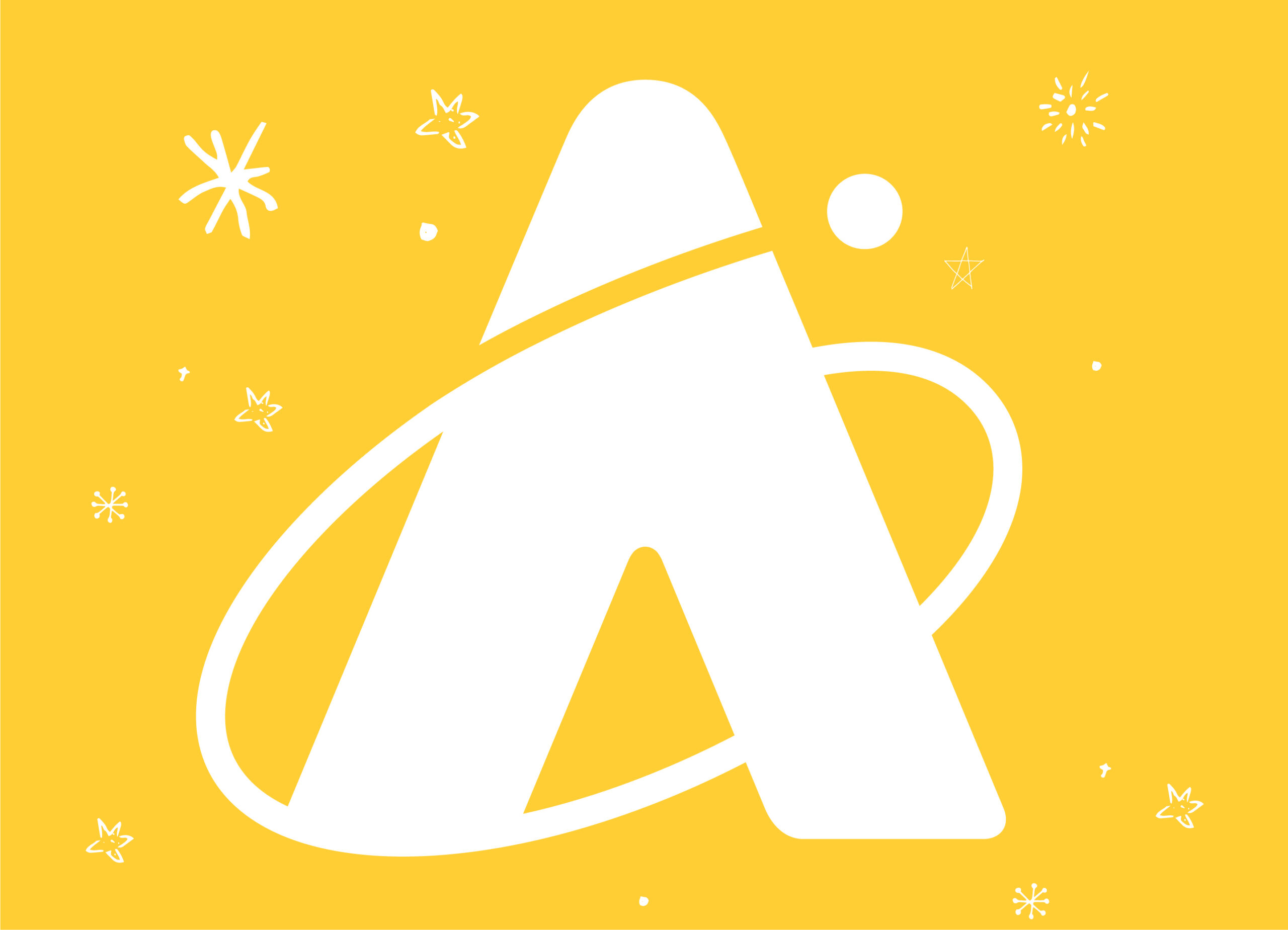Just How Dark is the Night?

Changes are coming to Chicago’s nights. The city is replacing streetlights with a new generation of lighting. These new lights will change how our neighborhoods look and how we view the sky. Will new lighting worsen light pollution? How can we help keep the stars visible for Chicago? Learn how the Adler Planetarium is helping measure changes and engage people across the city as they look up.
Just how dark is the night? That’s the question motivating two groups of students in the Adler’s Teen Programs. The high schoolers of Youth Organization for Lights Out (YOLO) at World Language High School (WLHS) and Air Force Academy (AFA) are approaching this question with their feet firmly rooted in their community, measuring the brightness of the night sky in the streets and parks of Little Village and Armour Square neighborhoods.
Students in the Far Horizons NITELITE program, however, are taking to the skies: they intend to take an image of every streetlight and every house light in Chicago… from 20 miles up! These two groups of students have an interest in light pollution, and in particular an interest in reducing light pollution! But the first thing to do in confronting an issue is understanding it.
YOLO motivates and empowers teens by exposing them to in-depth knowledge about light pollution in the classroom. They become environmental activists within their own community while earning service-learning hours towards their high school graduation requirement. They learn to collect and analyze sky brightness data using luminance measurement devices, Sky Quality Meters (SQMs), and a smartphone app, Loss of the Night, that allows citizen scientists to be a part of the worldwide understanding of light pollution. To get a taste of what a dark sky is like, the teens attend a field trip to the nearest national lakeshore, Indiana Dunes. For many, this is the first time they’ve seen a starry night sky. They are surprised to view their own readings and compare the difference between city night sky and national park night sky quantitatively. Through this scientific encounter, they are connected through an emotional experience of what a dark night sky could look like back home!
As their neighborhoods transition streetlights from high-pressure sodium (HPS) to light-emitting diode (LED), some of the students have noticed the difference in the night sky in their own neighborhood. Their knowledge of light pollution has made them aware of the city changing light fixtures on the West and South side neighborhoods. Their advocacy has allowed them to understand that, as YOLO participant Jennifer Rubio says, “shielding light posts also needs to happen.”
While the students of YOLO are measuring how much light bounces back from the sky, students in the Far Horizons program are embarking on an adventure to measure how much light is streaming up from Chicago.
These teen volunteers come from all over the city, many having “graduated” from other Adler programs. Far Horizons is the Adler Planetarium’s authentic, hands-on science exploration program. Working closely with Adler staff and volunteer mentors, a group of four Illinois Space Grant Consortium undergraduate interns are designing and planning the Far Horizons NITELITE research mission on high altitude balloons.
Launched from the far western suburbs, the NITELITE mission will float high above nighttime Chicago while its sensitive cameras snap thousands of images. From a vantage point 90,000 feet above Chicago, each image will take in a large swath of the city. In the extreme cold (-50F!) cameras can break and electronics can malfunction. If the winds are wrong the whole balloon may come down in Lake Michigan! And to get sharp images the balloon has to be rock steady, neither ascending nor descending. Everything has to go just right for this to work. Since last year the Far Horizons students have been busy designing and testing equipment, figuring out how to make it all work flawlessly. The result will be the most detailed map of light pollution ever made of the Chicagoland area. Better shielding can direct more light down instead of into the sky. However, the whiter light from LEDs can obscure the stars due to light scattering in the atmosphere. Mapping the lights from above will allow the team to show changes in brightness and color of lighting.
So next time the Sun sets and Chicago’s street lights turn on, spare a thought for Adler’s teen programs. Whether in the neighborhoods of Chicago or from the skies above, Adler teens, college students, and astronomers are working together to make a difference in how we view our city and how well we understand the important problem of light pollution. And as they are, they are learning new things about themselves and how they can change the world!






